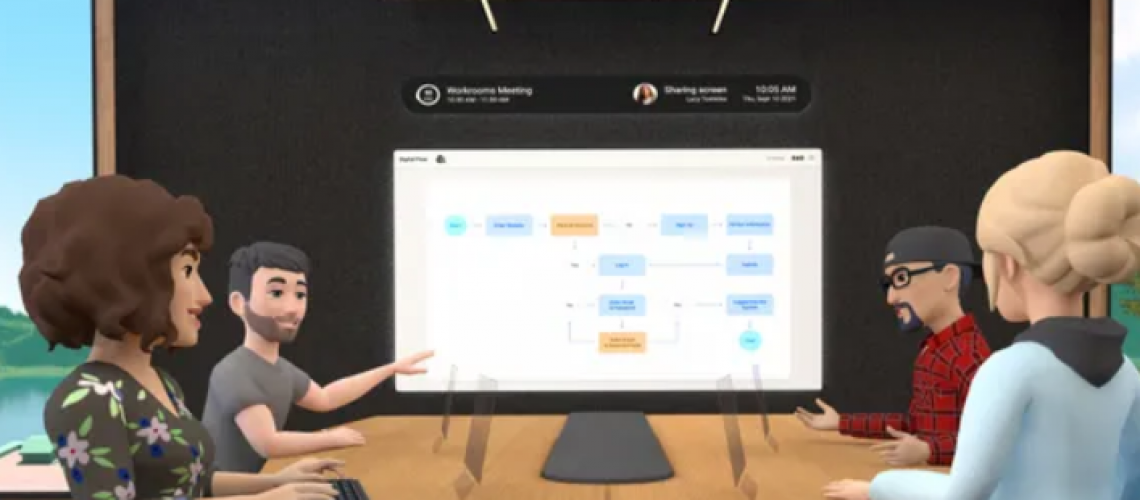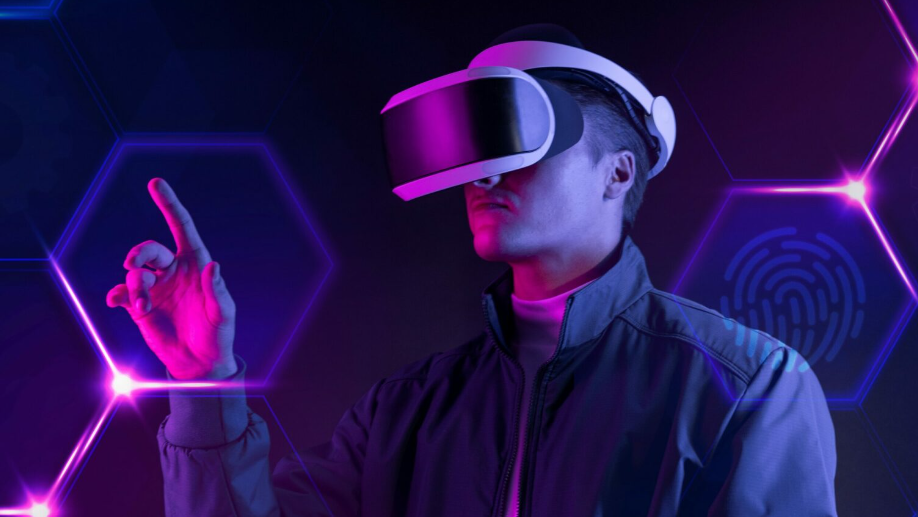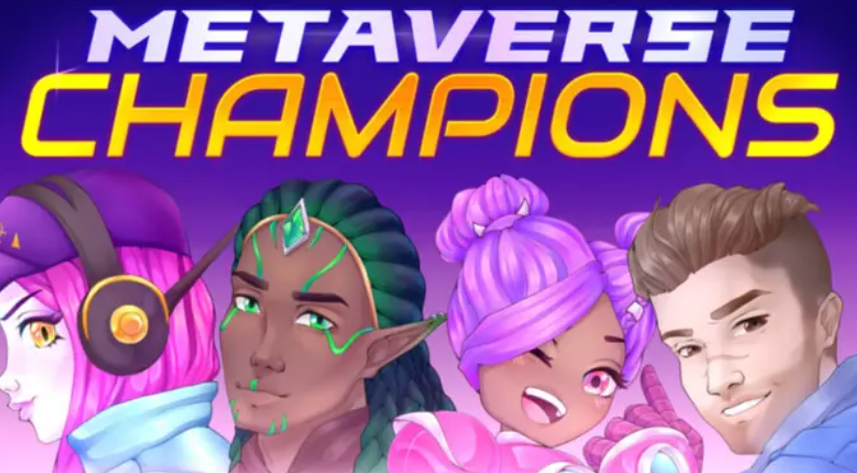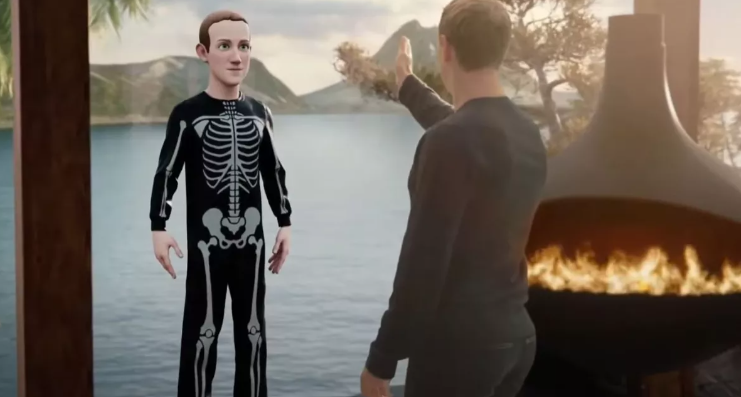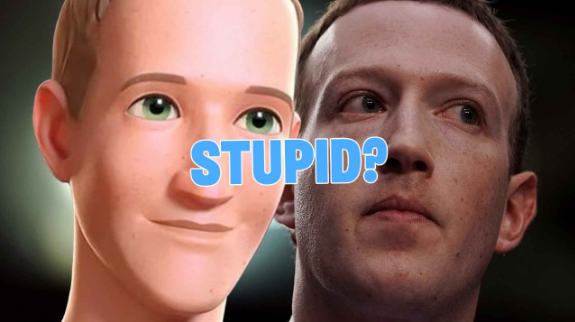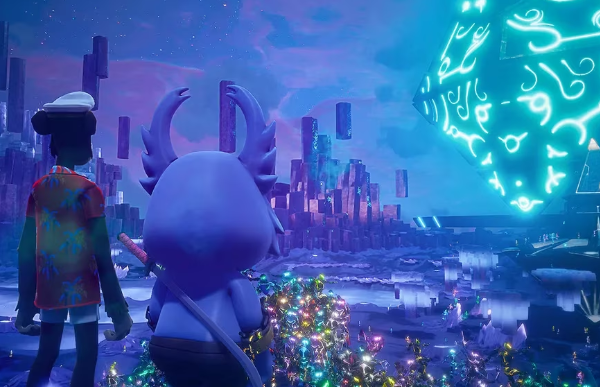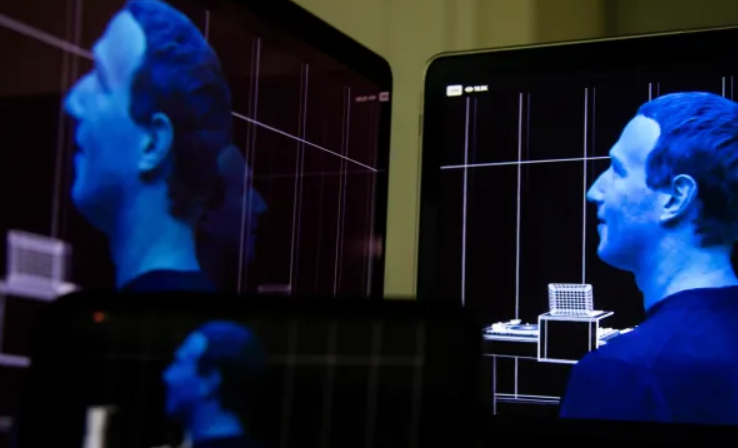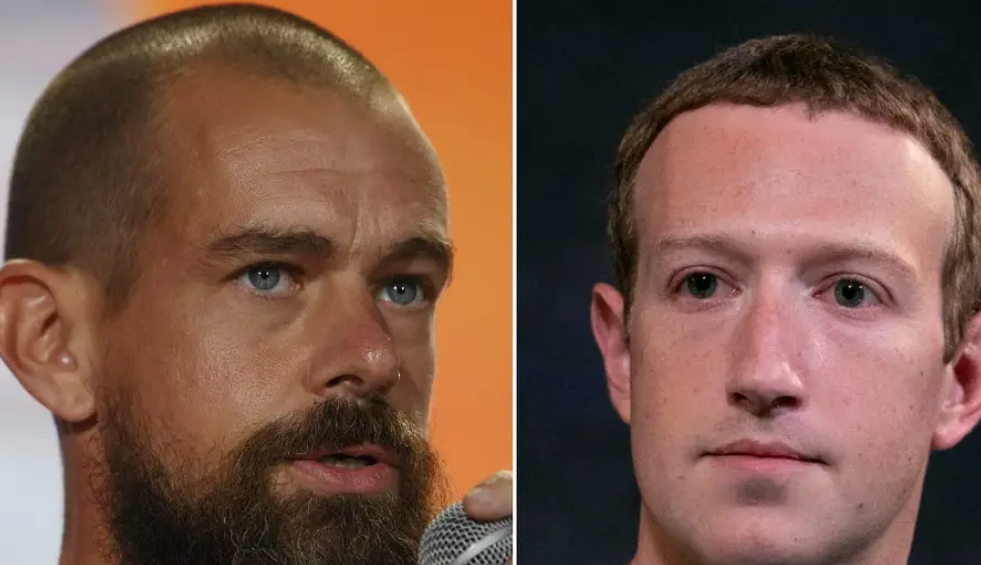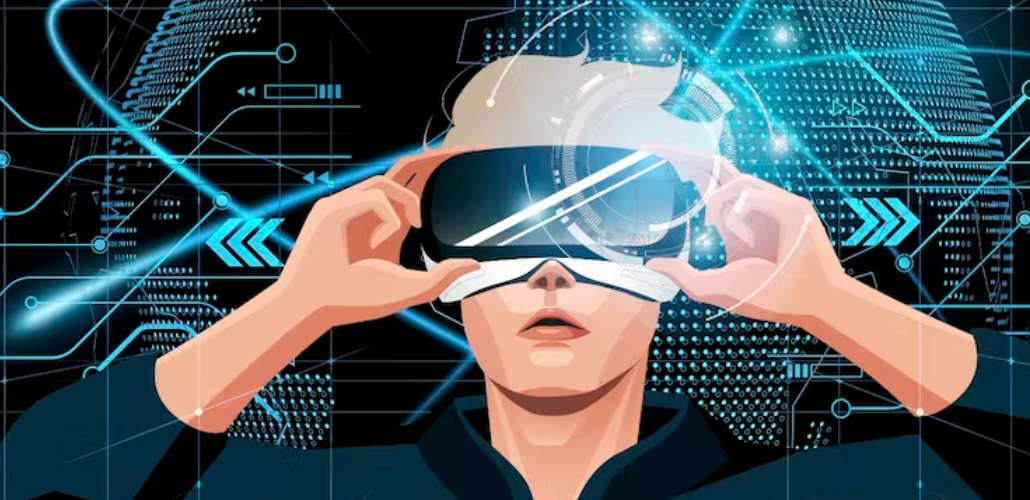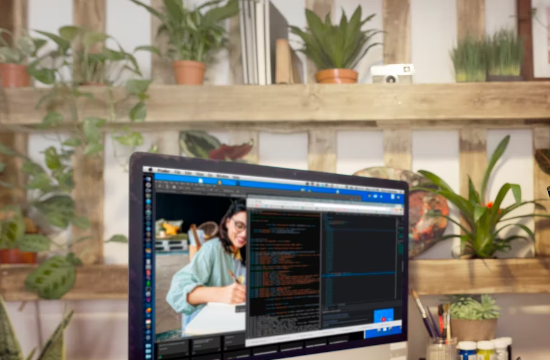The metaverse has been a hot topic of conversation recently, with Facebook and Microsoft making claims. But what is the metaverse? And when will it get here?
Author Neal Stephenson is credited with coining the term “metaverse” in his 1992 science fiction novel “Snow Crash,” in which he imagined real avatars assembling in realistic 3D buildings and other virtual reality environments.
Since then, various developments have marked milestones on the road to a real metaverse, an online virtual world that incorporates augmented reality, virtual reality, 3D holographic avatars, video, and other media. As the metaverse expands, it will offer a hyper-real alternate world in which you will coexist.
Hints of the metaverse already exist in online gaming universes like Fortnite, Minecraft, and Roblox. And the companies behind those games have ambitions to be part of the evolution of the metaverse.
What is the metaverse?
It is a combination of multiple technology elements, including virtual reality, augmented reality, and video where users “live” within a digital universe. Supporters of the metaverse envision their users working, playing, and staying connected with friends through everything from concerts and conferences to virtual trips around the world.
“Right now, we are on the cusp of the next internet,” said Matthew Ball, managing partner at venture capital firm Epyllion Industries, in a February 2021 essay on his website.
When can we expect to see it?
Mark Zuckerberg, the CEO of Meta (formerly Facebook), estimates that it could take five to 10 years before key features of the metaverse become mainstream. But there are currently aspects of the metaverse. Blazing-fast broadband speeds, virtual reality headsets, and persistent, always-on online worlds are already in place, though they may not be accessible to everyone.
What are some examples of it?
Here’s a look at what’s happening today that could lead to tomorrow’s metaverse:
- Meta. The tech giant formerly known as Facebook has already made significant investments in virtual reality, including its acquisition of Oculus in 2014. Meta envisions a virtual world where digital avatars connect through work, travel or entertainment using VR headsets. Zuckerberg has been bullish on the metaverse, believing that it could replace the Internet as we know it. “The next platform and medium will be an even more immersive and embodied internet where you’re in the experience, not just looking at it, and we’re calling it the metaverse,” Meta CEO Mark Zuckerberg said last month after revealing the rebranding. of the company.
- Microsoft. The software giant already uses holograms and is developing mixed and extended reality (XR) applications with its Microsoft Mesh platform, which combine the real world with augmented reality and virtual reality. Earlier this month, Microsoft showed off its plans to bring mixed reality, including virtual holograms and avatars, to Microsoft Teams in 2022. Also in the works for next year: explorable 3D virtual connected spaces for retail and workplaces. The US Army is currently working with Microsoft on a Hololens 2 augmented reality headset for soldiers to train, rehearse, and fight. Beyond that, Xbox Live already connects millions of gamers around the world.
- Epic games. Tim Sweeney, CEO of the company that developed Fortnite, said: “It’s no secret that Epic is investing in building out the metaverse.” He’s done concerts by the likes of Ariana Grande and Travis Scott, movie trailers and music debuts, and even an “immersive” reimagining of Martin Luther King Jr.’s historic 1963 “I Have a Dream” speech. And he’s developing photorealistic digital humans with his MetaHuman Creator, which could be how you customize your digital doppelganger in future open world games.
- Roblox. The platform, founded in 2004, is home to dozens of user-generated games, including RPG offerings like Bloxburg and Brookhaven, where users can build houses, work, and play scenarios. Roblox is now valued at over $45 billion after going public this year. On the day of its March IPO, Roblox founder and CEO David Baszucki tweeted a thank you to everyone who helped bring the platform “one step closer to fulfilling our vision of the #Metaverse.” Roblox has since partnered with skateboarding shoe company Vans to create Vans World, a virtual skateboard park where players can dress up in new Vans gear, and opened a limited Gucci Garden, where you can try on and buy clothing and accessories for your virtual self .
- Minecraft. Another virtual universe beloved by kids, Microsoft-owned Minecraft is essentially the digital equivalent of Legos, where players can create their own digital character and build whatever they want. As of August, Minecraft boasts over 140 million monthly active users. During the pandemic, its popularity skyrocketed among children who had to rely more on virtual connections.
The Nowhere online paradise has persistent and temporary virtual spaces, for public or private use, to host concerts, festivals, meetings and conferences. The Windmill Factory, the New York production company that began developing the platform more than a year ago, has done projects for Lady Gaga and Nine Inch Nails.
Some lesser known companies have launched their own online worlds. Online fantasy world Second Life, founded in 2003, is in its second decade as an alternate reality.
Sensorium Galaxy earlier this year opened the first two of its planned galaxy of several connected online “worlds” to explore with VR headsets or desktop computers. Prism, the first to open, involves music (for example, virtual DJs and bands playing) in futuristic landscapes.

